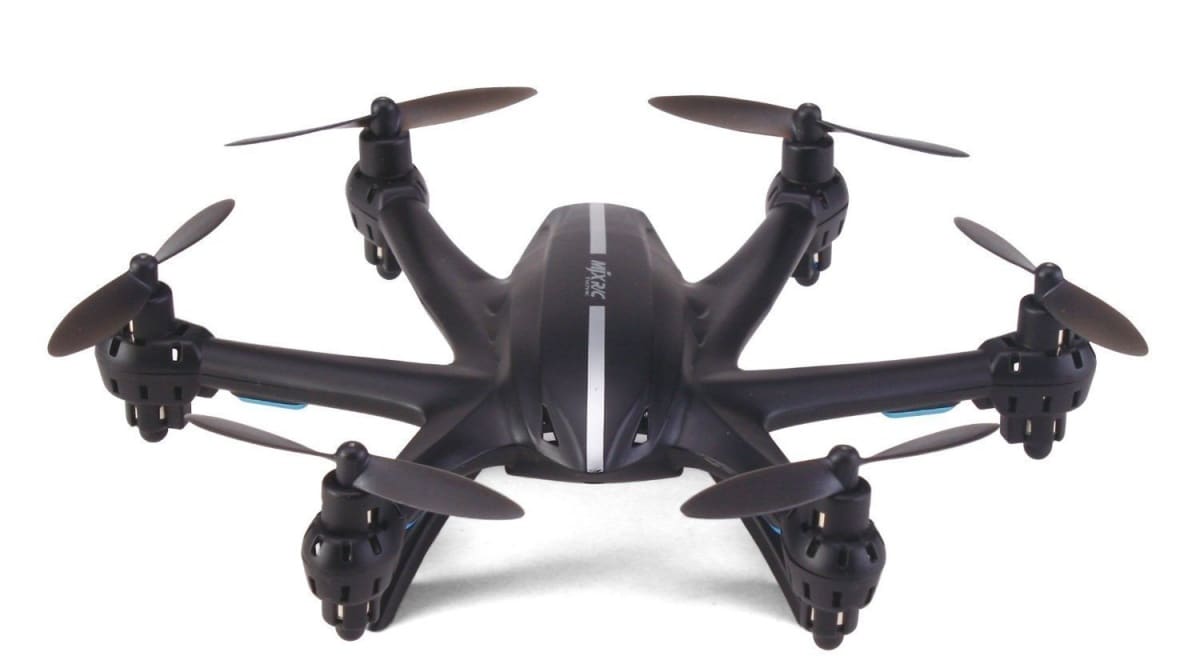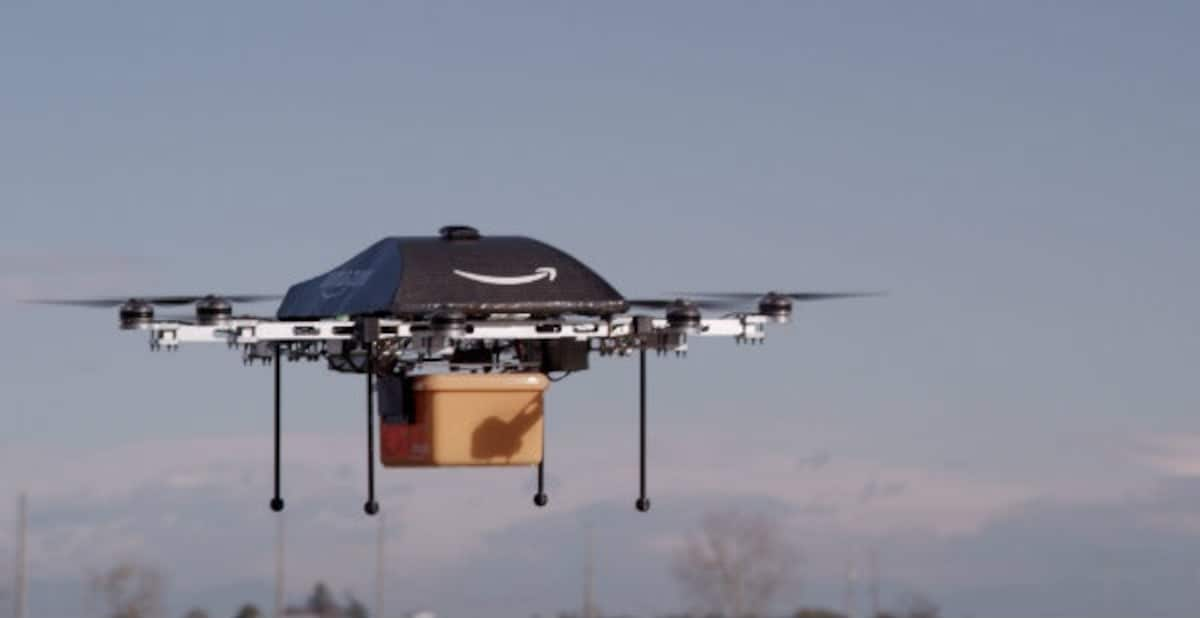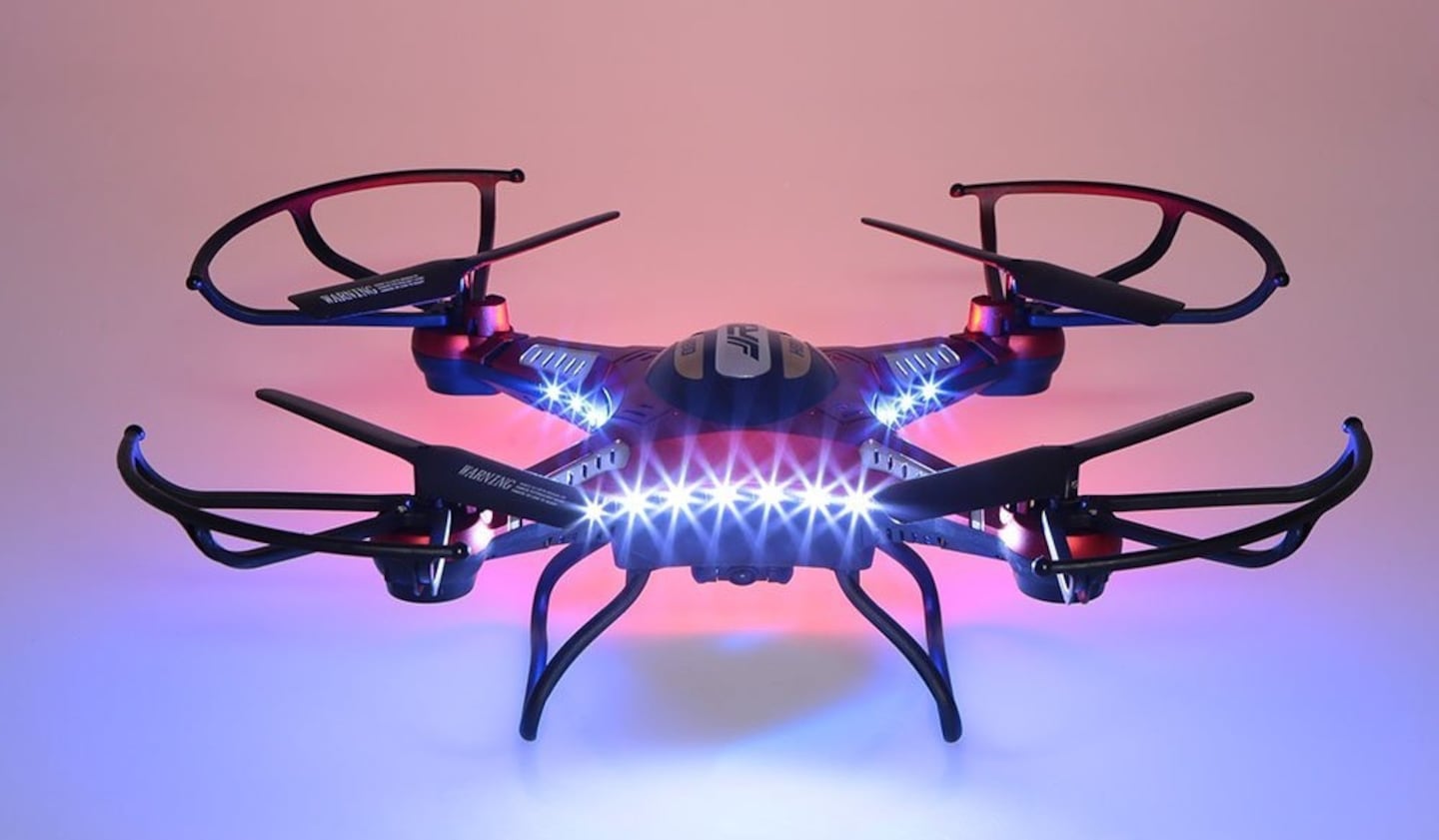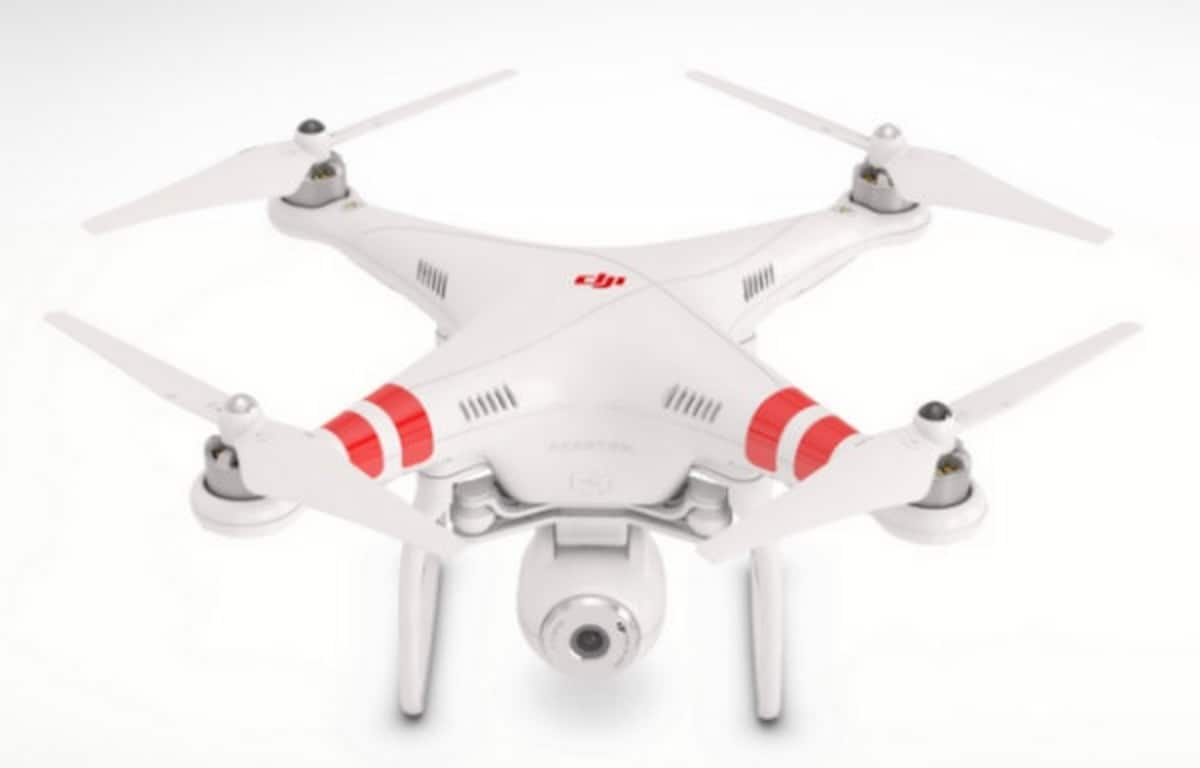All About Drones in Japan
Drones have a colorful and interesting history in Japan, and were regularly in the news in 2015. In fact, “drone” was one of the top 10 buzzwords of the year, as announced by Jiyukokuminsha publishing house in its 2015 U-Can New Words and Buzzwords Awards. So what's up with drones in Japan?
By John AsanoDrones in the News
Drones exploded onto Japanese news headlines in April 2015, when a drone was found on the roof of the office of Prime Minister Shinzo Abe. The drone was equipped with a container holding about 100 grams (3.5 oz) of mildly radioactive sand, and was flown to protest the Abe administration's policy on nuclear energy.
The drone's pilot, Yasuo Yamamoto, said the contaminated sand was collected from Fukushima Prefecture, though police have said that radiation levels were too low to be harmful to human health. The container was affixed with a radiation symbol.
The news caused a furor in the Japanese media, and in February 2016 Yamamoto was handed a suspended sentence for forcibly obstructing the operation of the prime minister's office.

http://www.horizonhobby.com/product/multirotor/multirotor-aircraft/bind-n-fly-15087--1/parrot-bebop-drone--red-p-ptapf722000
The controversy surrounding drones continued in May 2015, when a 15-year-old was arrested for stating in a video posted online that he intended to fly a drone around the Sanja Matsuri, a major annual festival at Tokyo's Asakusa Shrine.
The youth was not unknown to police, having received warnings from the Tokyo Metropolitan Police Department on three previous occasions after carrying a drone near Tokyo's JR Yurakucho Station and attempting to fly it near the Diet building, at least one of which interactions he streamed on the internet.
In the video case, he was regarded as obstructing Sanja Matsuri organizers from performing their duties, since officials felt it necessary to strengthen security and prepare posters warning visitors not to fly drones at the crowded event. The MPD further stated they feared a drone crash could cause a major accident, noting the youth had earlier that month flown a drone around Nagano's Zenkoji Temple, where it fell close to a ceremonial procession, though no injuries occurred.
https://www.youtube.com/watch?v=-vknRo7aLhc
In response to such issues, in December 2015 the MPD introduced a large interceptor drone (above) that uses a net to capture drones flying in restricted areas. It is operated by a special unit of the riot squad.
Drone Laws in Japan

http://www.amazon.co.jp/gp/product/B00XEO0OE6/ref=s9_simh_gw_p21_d3_i1?pf_rd_m=AN1VRQENFRJN5&pf_rd_s=desktop-2&pf_rd_r=12WTFZ8D0823KKA23XRG&pf_rd_t=36701&pf_rd_p=263613489&pf_rd_i=desktop
In Japan, drones—more technically called Unmanned Aerial Vehicles (UAVs)—are classified as remotely operated aerial vehicles that weigh more than 200 grams (7 oz) and cannot accommodate a person.
According to an amendment to the Aviation Act that came into effect on December 10, 2015, a drone cannot be flown at a height of over 150 meters (492 ft), cannot be flown over densely populated residential areas (4,000 or more people per square kilometer/0.4 square mile), and cannot be flown in areas surrounding an airport without permission from the Minister of Land, Infrastructure and Transportation. Flying drones at night and during events or festivals is also prohibited, and they cannot be used to drop objects or transport hazardous materials.
Drones in flight must further remain at least 30 meters (98 ft) from people, buildings and vehicles, and must remain within the operator's line of sight. A number of prefectural and municipal governments have introduced their own drone regulations as well, while drones are banned in all of Metropolitan Tokyo's 81 public parks and gardens. Exceptions are made for search and rescue operations, however.
You can check out the Drone Law Japan website for more information and updates regarding drone laws in Japan.
The Future of Drones in Japan

http://en.rocketnews24.com/2015/12/17/chiba-city-to-team-up-with-amazon-as-drone-delivery-test-zone/
What does the future hold for drones in Japan? Are they useful tools or just fancy toys to put a dent in our pockets? Japanese officials are weighing up these questions as they look into ways drones will benefit the nation's citizens, especially in remote areas of the country.
One interesting idea is using drones to deliver daily necessities to the elderly living in sparsely populated rural areas. Amazon Japan is testing drones to deliver medical goods in Chiba City, and can see a positive use for drones in delivery services.
From toys to possible social utility, it’ll be interesting to see what the future has in store for drones in Japan.





